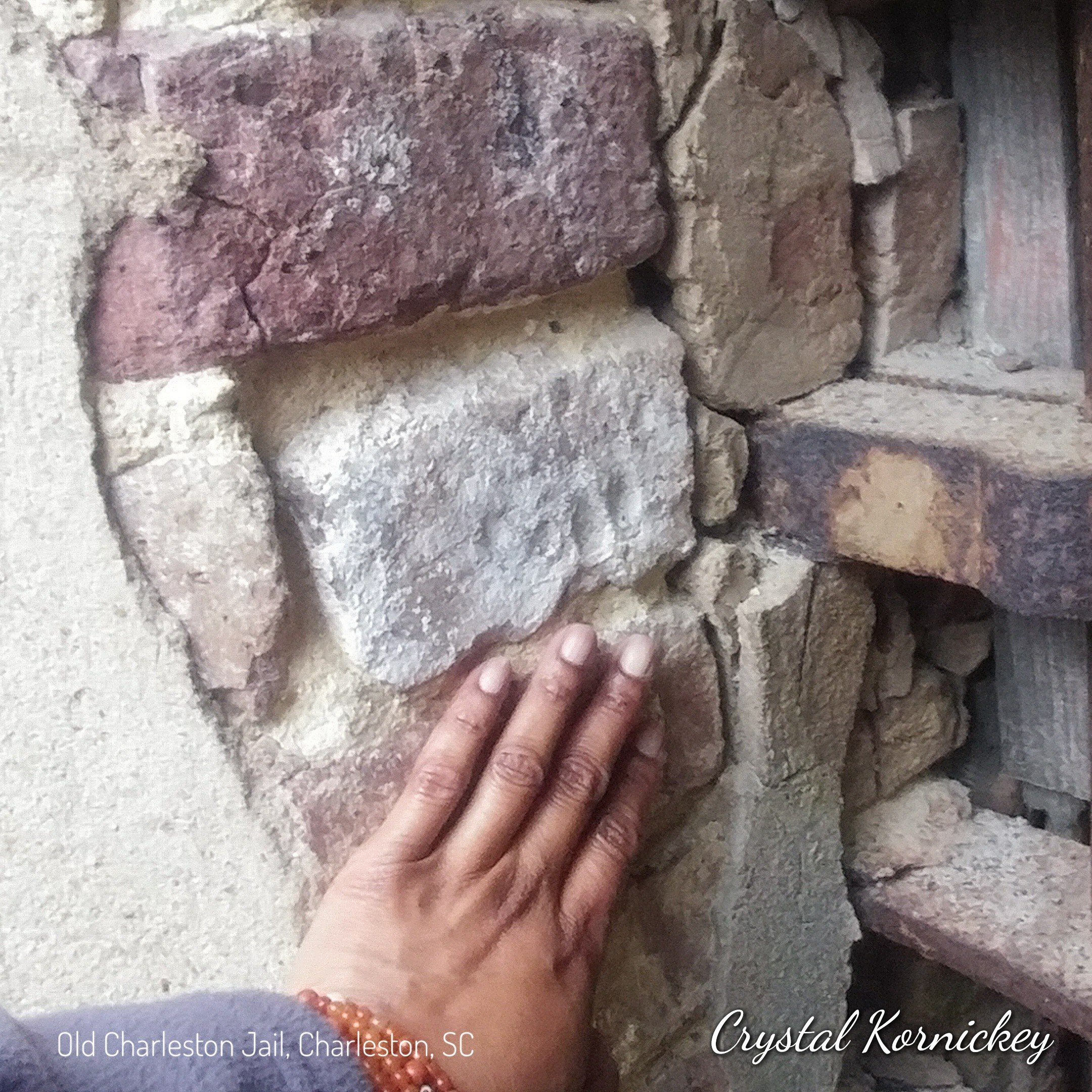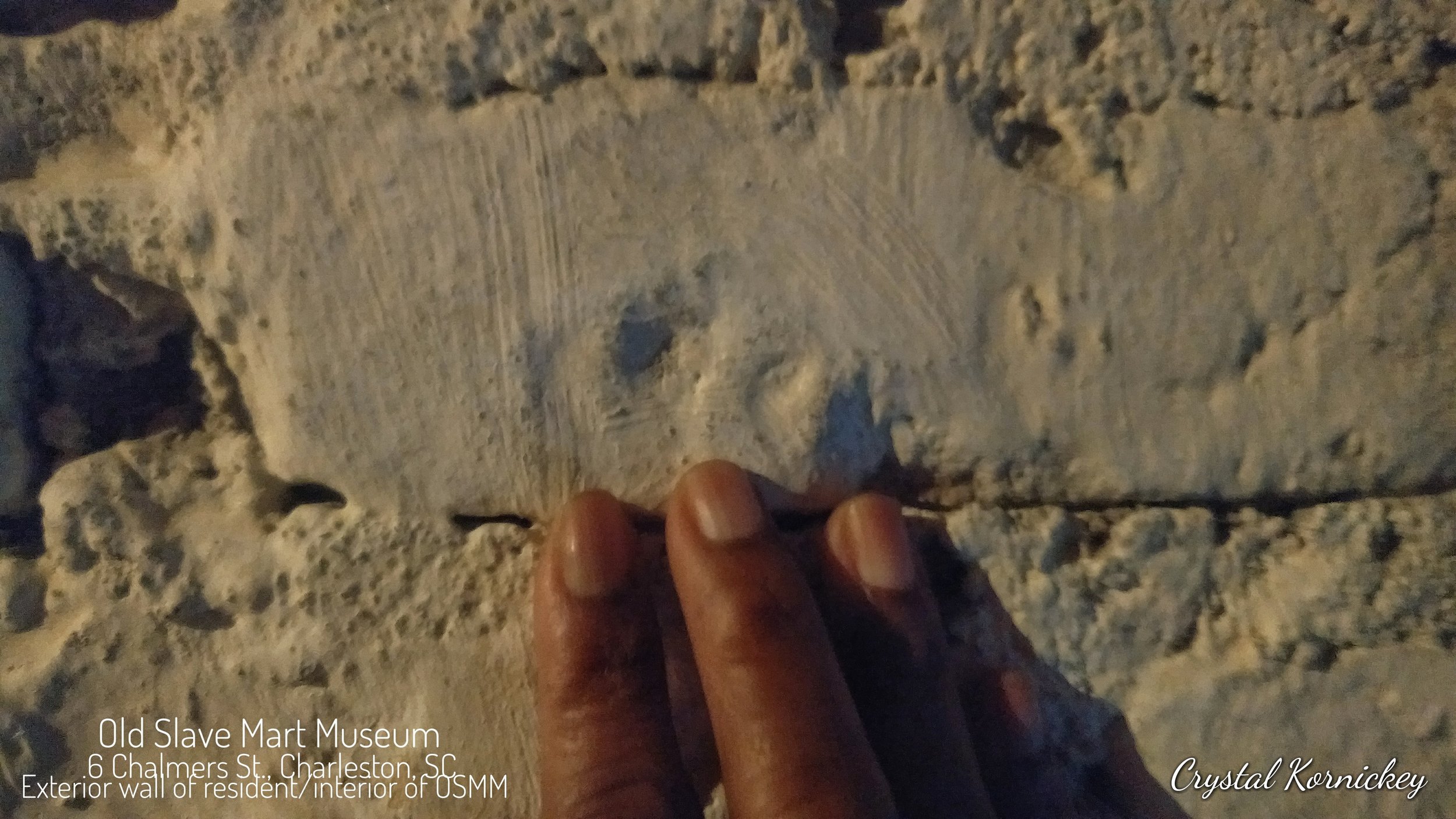Bricks of Fort Sumter
Bricks of Fort Sumter
(After Jericho Brown)
By Jeffrey Dreiblatt
Spring growth obscures my view of the harbor.
I lift a brick that crumbles my nails.
I lift a brick that crumbles beneath my nails.
Red oval prints of children’s fingers.
We search grey bricks for children’s finger prints.
The silent wall of the cotton gin.
The cotton gin wall at McLeod Plantation.
A note said, You deserve a brick today.
The note said, they made four million bricks.
I saw one fall just below the trees.
Was she looking skyward as she fell?
Empty flask hidden under a coat.
Blue spring sky hidden under a coat.
Spring growth replaces my view of the harbor.
Jeffrey Dreiblatt is a poet, visual artist and volunteer firefighter. His poems have appeared in Breathe, Bluepepper, Cathexis Northwest Press and other journals throughout the English-speaking world. He lives in Copake, New York.
Enslaved African Americans worked on brick making plantations located near rivers in the Charleston area. The earth near the river supplied the clay raw material to make bricks. The clay was mixed and ready to be shaped. The clay was shaped by being thrown into wooden molds. The brick shaped clay was set out in the sun until completely dry. During the drying process, the clay blocks would have to be turned to help the clay to dry completely. If the clay was touched after being molded or green brick had not dried completely before being before being turned, fingerprints or handprints were left on the brick. After the drying process, the green brick would then be fired in a kiln (baked) to create brick.
(Excerpt from Fingerprints of Enslaved African Americans in the Bricks of the Lowcountry)
Words impact how we relate to the past and to one another.
(Editor’s note: The following is an excerpt from a National Park Service website about Fort Pulaski, that like Fort Sumter, was built using bricks made by enslaved labor including young children, similar to the McLeod Planation (forced labor camp). Approximately four million of the bricks used to construct Fort Sumter were made by enslaved people who lived on Lowcountry Plantations in South Carolina such as McLeod.)
When sharing the history of Fort Pulaski, we strive to use words that are empathetic to those whose history has been marginalized. For example, we endeavor to use phrases like enslaved rather than slave. Slave is a noun and implies that, at their core, they were nothing more than slaves. The adjective enslaved, on the other hand, implies that though held in bondage, bondage was not their core existence. Furthermore, they were enslaved by the actions of another. Therefore, terms such enslaver rather than master may be heard to emphasize one’s effort to exert power over another. Using these terms along with others reinforces the idea of people’s humanity rather than focusing on the conditions forced upon them. Though they may be simple and small, words have power. Close your eyes and consider the following word groupings.
Master vs. Enslaver
Ran away vs. Self-emancipated
Plantation vs. Forced labor camp
Runaway vs. Freedom seeker
Slave vs. Enslaved
What do you see? What do you feel? Open your eyes and think about the words we use daily without thought. Words have power, but how are we using that power? Through your words are you helping reinforce people’s humanity or simply the conditions forced upon them?




